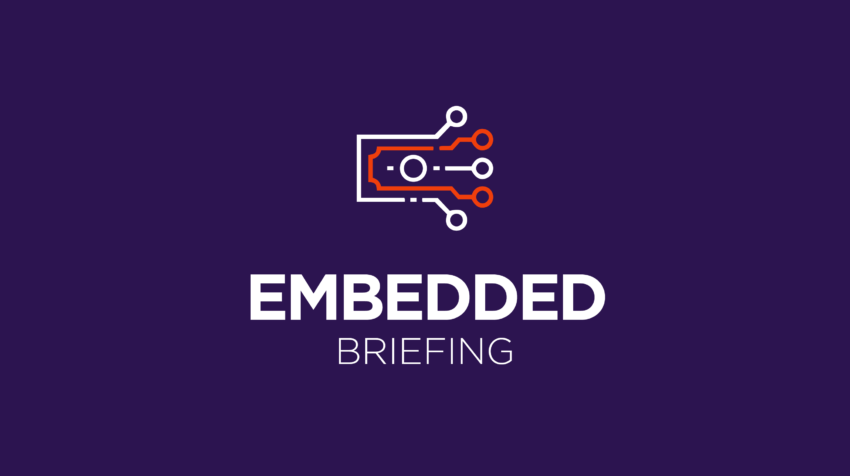Banking as a service, Member Exclusive
Embedded Briefing: Where does value lie in embedded finance?
- In today's briefing, let's review what makes embedded finance so attractive and what it could look like tomorrow.
- Then a quick snapshot from McKinsey's new report on the industry's competitive landscape.








